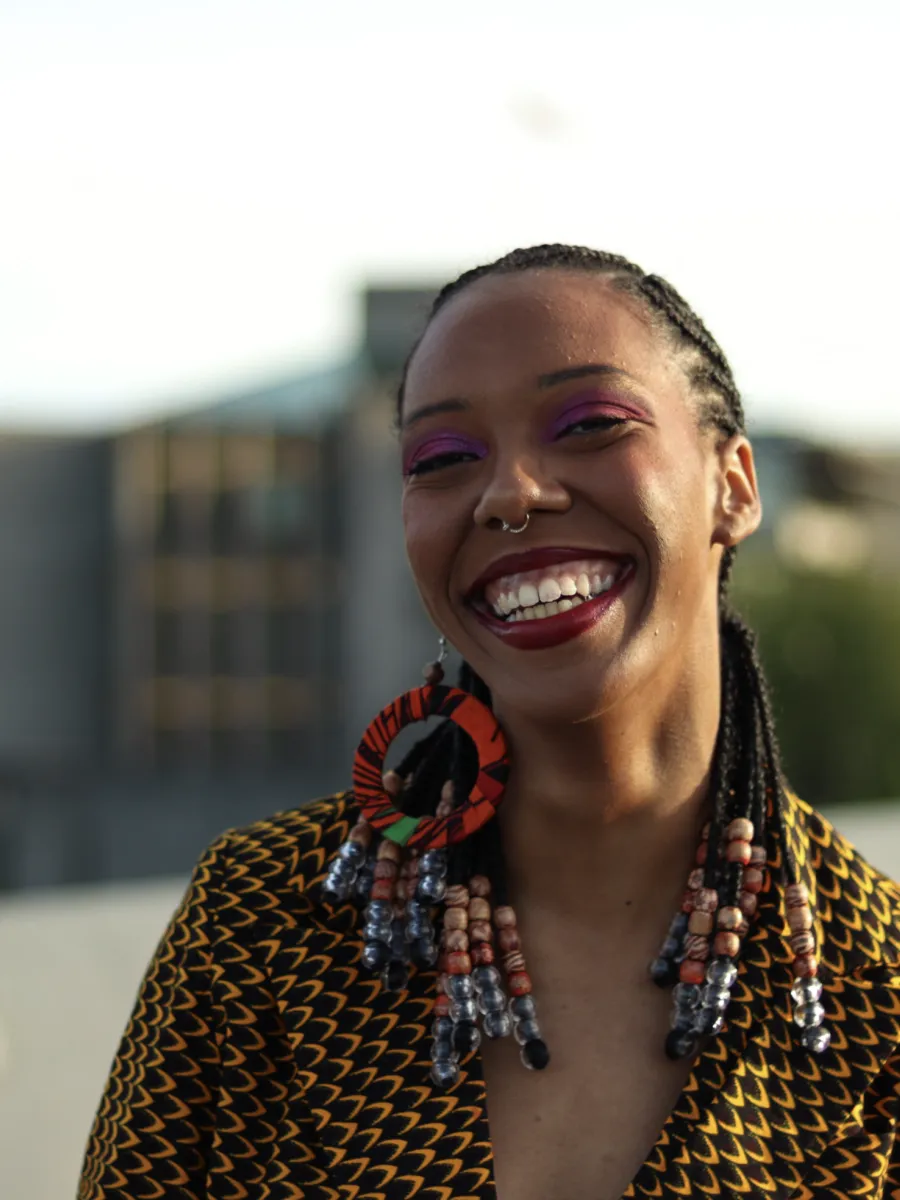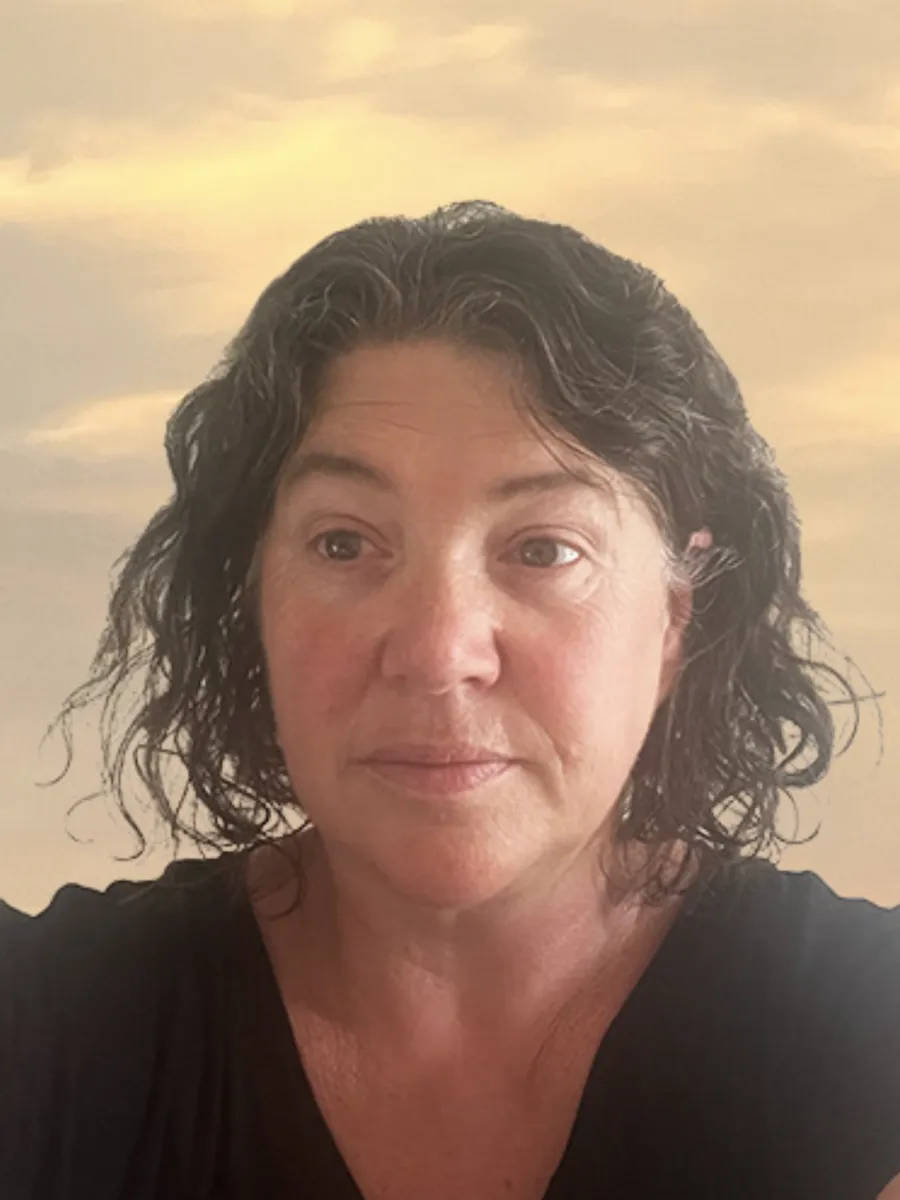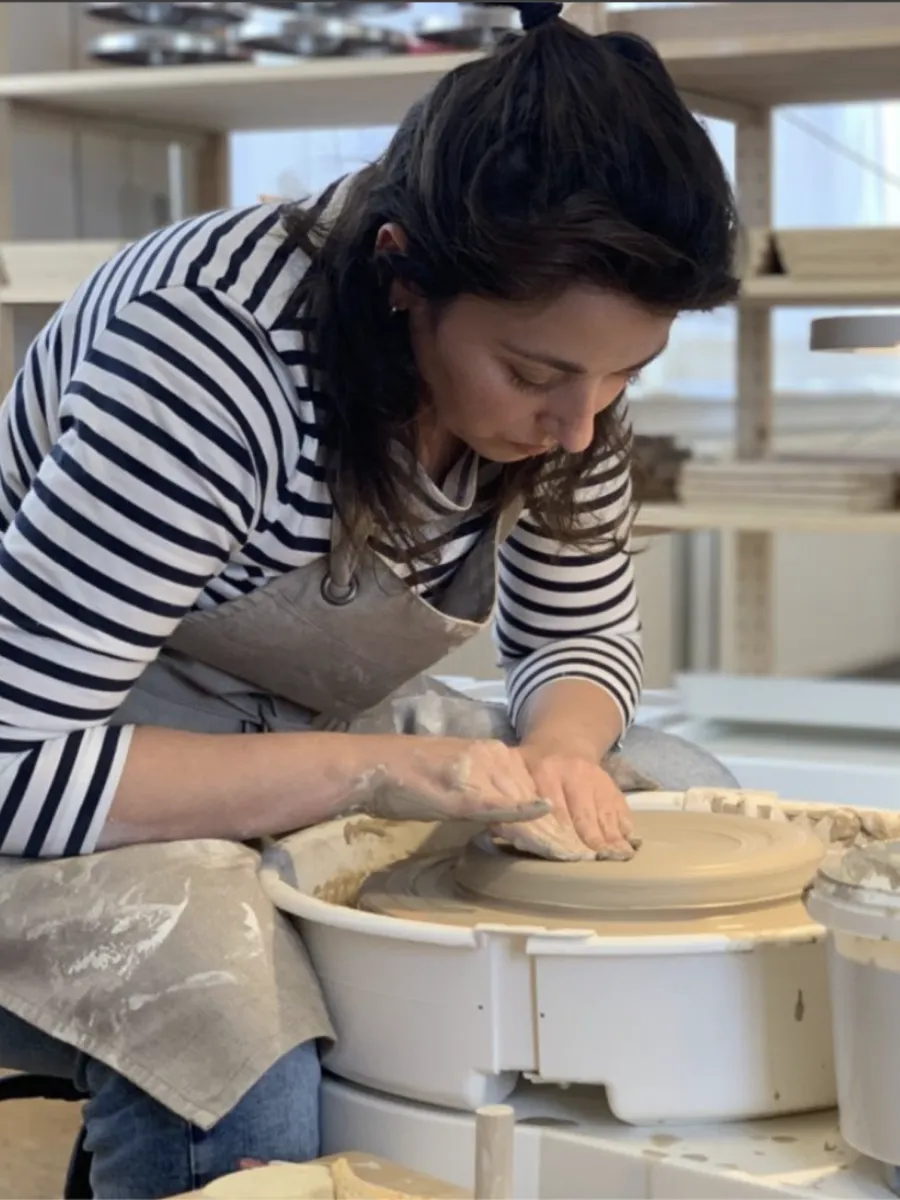From September 8 to 22, 2025, OCAD University’s Global Centre for Climate Action (GCCA) welcomed five artists for its inaugural Creative Climate Action Residency, held at the Gibraltar Point Centre for the Arts on the Toronto Islands. Co-organized by Jennie Suddick, Manager, International Projects & Partnerships, and Jasmine Cardenas, International Networking Assistant, the residency invited artists, designers, and community leaders to explore how creativity can inspire meaningful climate dialogue and action.
Generously supported by BMO, the residency brought together artists from Latvia, Spain, New Zealand, the United States, and Canada. Participating artists Zwena Gray, Eugenia Castillo, Caroline McCaw, Sabīne Šnē, and Cat Bluemke took part in a two-week program that combined hands-on making, site-specific learning, and collaborative reflection to deepen their understanding of sustainability and community resilience.
Just a short ferry ride from downtown Toronto, the Islands provided an ideal environment to contemplate the interconnectedness of people, place, and ecology. Through workshops, discussions, guest studio visits, and shared creative practice, participants engaged with the land and one another to imagine new ways of connecting and responding to the climate crisis.
The residency featured visits and presentations from a range of guest speakers, including Jana Macalik, Director of the Global Centre for Climate Action and Associate Professor in the Faculty of Design, OCAD U who led a session on collaborative research and creation. Alessandro Tersigni, Project Manager, Cultural Initiatives at ERA Architects, invited residents to envision a waterfront cultural corridor in Toronto. Participants also visited OCAD U’s Sustainable Colour Lab, where Nicole Collins, Associate Professor of Material and Visual Culture in the Faculty of Art, OCAD U and Co-Director of the Sustainable Colour Lab (SCL), led a tour and demonstration on using natural materials to create dyes and pigments.
Residents further engaged in discussions with contemporary practicing artists and educators Nadia McLaren, who brings deep knowledge of Indigenous community wellness, pedagogy, professional development, and meaningful relationship building; and Cole Swanson, a Toronto-based artist and educator whose interdisciplinary practice explores the sociocultural and biological histories embedded in art materials and everyday resources.
The residency emphasized creativity as a catalyst—a force that sparks conversation, envisions alternative futures, and cultivates hope in the face of global environmental challenges. Artists experimented with materials, exchanged cultural perspectives on climate issues, and reflected on how their artistic practices can contribute to sustainable change.
The program concluded with an Open Studios event, coinciding with the Gibraltar Point Centre for the Arts’ 25th anniversary, where the public was invited to engage with the artists and learn about the work and research developed throughout their time in residence.
Learn more about the residency by reading a reflection by Deanne Fisher, OCAD U Vice-Provost, International & Students.








